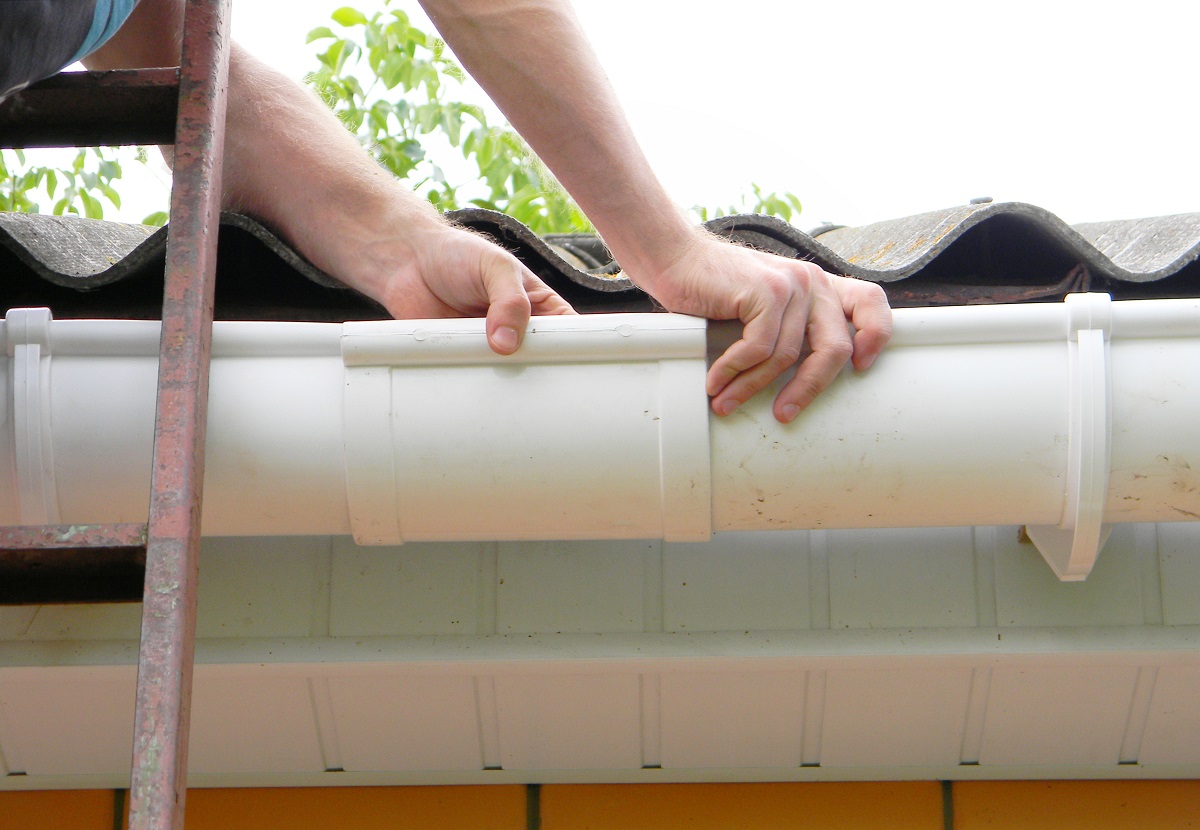Buying a fixer-upper is always a gamble. You are acquiring a property for a lower price, but, in exchange, you have to spend money to make repairs and alterations until it is ready for occupancy.
So, an old, dilapidated, falling apart house may not be an advisable investment for first-time buyers. However, there is a thrill in flipping an undesirable property into something livable.
Where should you start?
Eliminate Fall Risk
Your safety should be your priority. If you are in the process of transforming a fixer-upper, the first thing you should do is inspect the integrity of the flooring in all levels of the house and then call a contractor to make the appropriate repair.
If the house is old, chances are you are going to have to replace a lot of parts that normally do not need to be replaced. Stairs, for example, may become less stable over time. You might need to install new balustrade systems and remove whichever material is used on the floor.
This project will be expensive, so prepare to cough up the money you saved for buying a fixer-upper to pay for the repairs.
Have an Electrician Assess Electrical Systems
Electrical systems degrade over time. If the house is abandoned for a long time, there is also a chance that water seeped through the cracks and has been in contact with the wires and outlets. Common house pests might also have damaged the system, making it dangerous.
Before you start plugging your television screen or your smartphone charger, call an expert for an inspection. Electricity is not something to mess with. It can cause a fire or endanger the lives of your loved ones.
If you are lucky, you might only need to fix a few old outlets or light bulbs. However, in some cases, the whole system may need a major overhaul.
Houses that were built more than 40 years ago might not be up to code. Even if it may not seem broken, it would still be a good idea to have it replaced to prevent any incidents. Old wiring, according to one study, is a leading cause of residential fire in the U.S. That is because the insulation in electrical naturally degrades after a while.
It would not be cheap, but it is necessary to make the house safe for you and your family.
Reroof a Leaky Roof
Roofs are made to have a long lifespan, typically lasting decades. Over time, it will, however, start to show its age. Leaks will become more frequent that, even if you patch them up, new ones will appear.
More than just annoying, having a leaky roof is bad news. It means nothing in your house is protected from rainwater, including your furniture. If left alone, the rainwater will create ugly marks and damage everything it touches. Moisture will also lead to the growth of mould and mildew and make wood rot.

Fix Small Cracks in the Foundation
You also have to inspect the foundation for cracks. Even small cracks can become a problem in the future if you leave it be without making any repairs.
Any crack may create an opening for moisture or pests to enter the house. It may also lead to shifting, which may damage the entire property.
A simple mortar repair caulk can seal any cracks without a problem. However, it will still be worth the money to hire a structural engineer to assess whether you need to get more repairs done. You are dealing with the foundation on which the integrity of the house lies. Cutting corners and waiting for the problem to become worse will only be a safety hazard.
Fix Leaky and Squeaky Plumbing
Plumbing, too, should be addressed immediately. If the house was built before the 90s, it might be time to have the pipework replaced.
Old pipes may contain lead solder that would be dangerous if mixed with the water you drink or use for showers. Lead is toxic, and over time, it will build up within the body.
Rusted pipework should also be replaced. It will make tap water unsafe to drink, primarily because it creates a perfect environment for bacteria to grow. It will also stain your clothing and make your dishes look dirty after washing.
A fixer-upper may have a more affordable price, but it would not exactly be cheap. You would need to fix features before you can move in and, most of the time, these repairs will cost a ton.
However, seeing an old house that nobody wants to become a cosy home is a rewarding experience. If you can, take on the challenge of flipping a fixer-upper.




